Building a Birdhouse
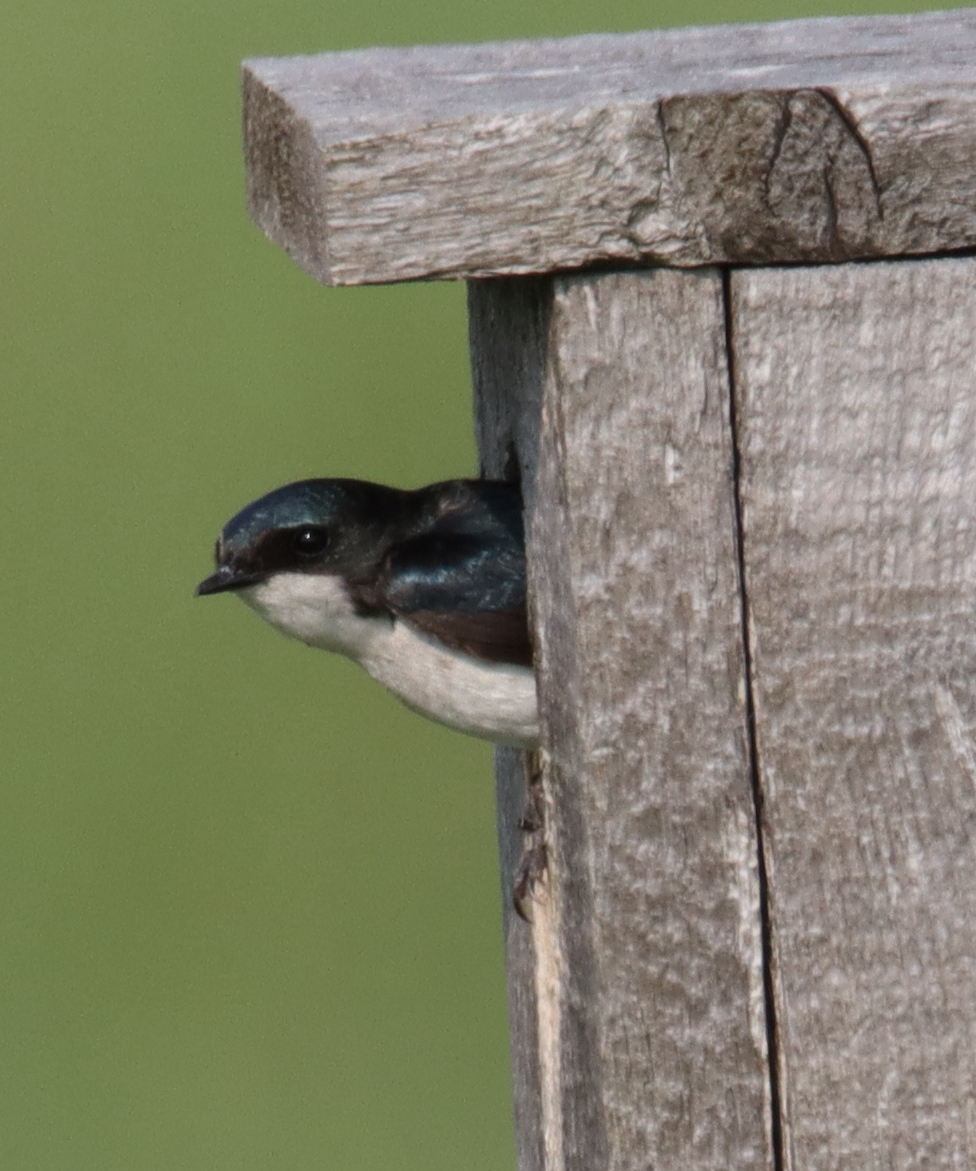
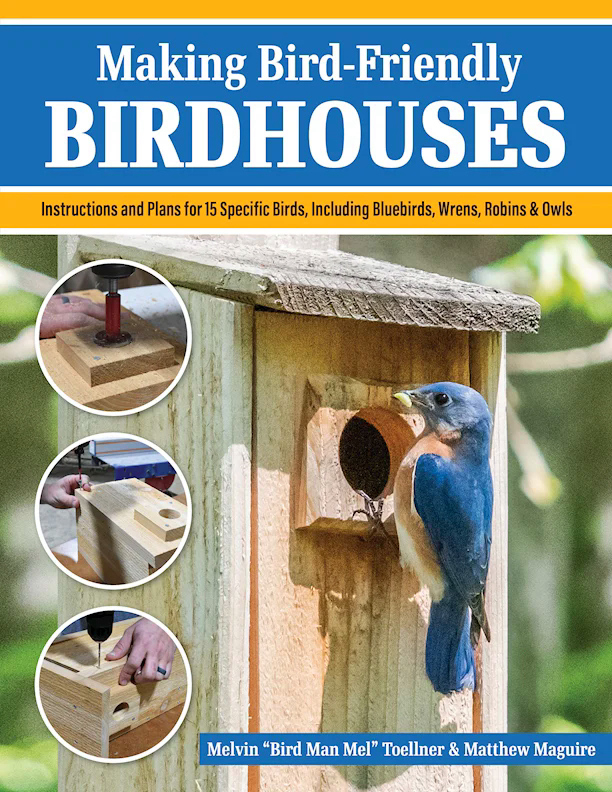
The new book, Making Bird-Friendly Birdhouses, provides all you need to get started with any birdhouse or nest box project you have in mind. Read more
Outdoor commentary and legislative issues.

Goldfinch


The new book, Making Bird-Friendly Birdhouses, provides all you need to get started with any birdhouse or nest box project you have in mind. Read more
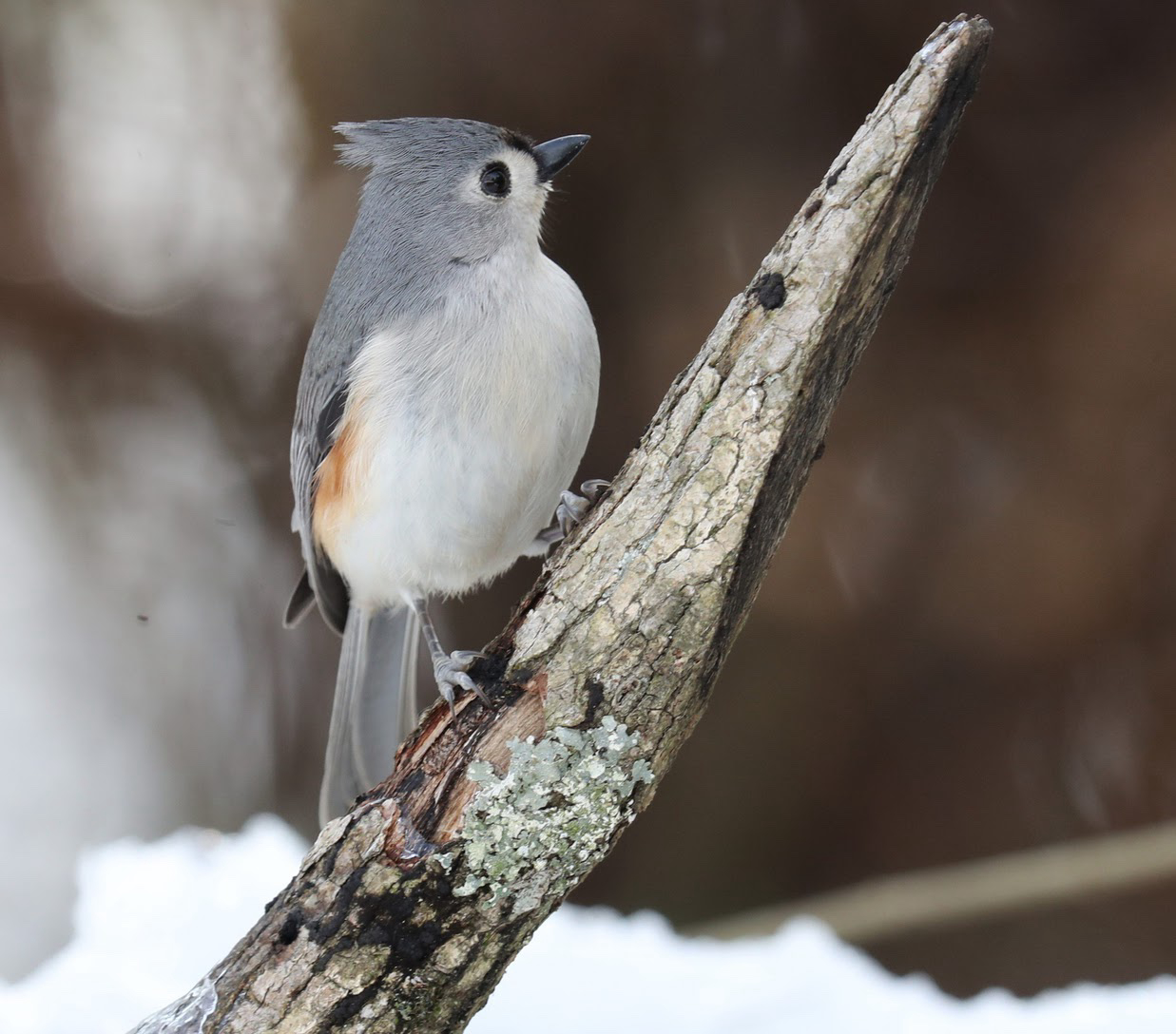
Valentine’s day isn’t the only big event for birds-of-a-feather this year. The 28th edition of the annual Great Backyard Bird Count is coming up Feb. 14-17, and anyone who wants to join is welcome.
The Great Backyard Bird Count is a joint project of the National Audubon Society, Cornell Lab of Ornithology and Birds Canada to help scientists track changes in bird populations over time.
Roughly 300,000 people worldwide participate in the annual event. Their combined records reported 7,920 species during last year’s citizen science project. These records are extremely valuable to researchers, ornithologists and other conservationists who are keeping tabs on the world’s avian species.
The count takes place each February to get a snapshot of bird distribution just before spring migrations carry many species back to their nesting grounds. Read more
By CASEY WARNER
Michigan Department of Natural Resources
Teaching kids fishing, archery and other outdoor activities at the Michigan Department of Natural Resources Pocket Park in the Escanaba.
A survival skills program for women.
Managing Michigan’s elk population in the northern Lower Peninsula.
A charity skeet shooting event with Detroit Lions football players at a DNR shooting range.
Not necessarily things that come to mind when you hear about a TV show called “Wardens,” but the show covered these topics and more in its 2024 season.
Since 2016, the Outdoor Channel series has highlighted the work of DNR conservation officers and other DNR employees, providing an inside look at what staff throughout the department does to conserve, protect and manage Michigan’s natural and cultural resources.
The DNR continues its partnership with the channel on production of the 2025 season of “Wardens.” New episodes begin Friday, Feb. 14, and air on the Outdoor Channel Fridays at 9 p.m. ET.
See a preview of the season’s first episode, featuring officers patrolling November waterfowl hunting and the firearm deer hunting season, plus a segment on the Nayanquing Point State Wildlife Area in Bay County and what goes into managing one of Michigan’s Wetland Wonders. Read more

Rugged tactical watch offers two sizes, speaker and mic, and rucking activity to keep you ready for any mission
Garmin (NYSE: GRMN) today announced the tactix® 8, its next-gen tactical smartwatch. Available in a new 47mm case size and traditional 51mm size, tactix 8 adds dedicated rucking and dive activities, as well as a speaker and mic to create the ultimate tactical smartwatch. Built to a U.S. military standard (MIL-STD-810) for thermal, shock and water resistance and a 40-meter dive rating with leakproof buttons, users can now take tactix 8 to new depths. And with incredible battery life, it’s easy to always be prepared; the new 47mm AMOLED display offers up to 16 days of battery life in smartwatch mode, while the 51mm solar model with an always-on display offers up to 48 days1.
“Whether you train for a mission, or your mission is training, tactix 8’s premium design and innovative features like the new rucking and dive functionality make it the ultimate tactical GPS smartwatch on land, air or sea.” –Dan Bartel, Garmin Vice President of Global Consumer Sales
Field-ready features Read more
Feb. 12, 2025
Contact: Tim Riley, 989-370-7313
The Michigan Department of Natural Resources Wildlife Division is seeking the public’s help in conducting a community-based northern Lower Peninsula survey to detect any potential presence of gray wolves.
The survey, which will rely heavily on reports from the public of wolf sightings and other potential evidence, will take place from Feb. 17 through March 10.
| “Our efforts will be concentrated in the norther Lower Peninsula which does contain some limited suitable habitat that could potentially support a small wolf population,” said Brian Roell, Michigan Department of Natural Resources large carnivore specialist in Marquette.
Sightings, photos and other signs of wolf presence can be reported by the public to the DNR’s Eyes in the Field webpage. Reports including photos or other evidence will be reviewed and a reply will be sent from DNR Wildlife Division staffers. Those who have wolf information to report, but without access to a computer or smart phone, may contact Tim Riley at the DNR’s Grayling field office at 989-370-7313 or RileyT6@michigan.gov. Read more |
Aerial surveys and research studies aim to uncover insights into moose population trends and challenges in the Upper Peninsula
By RACHEL LINCOLN
Wildlife outreach coordinator
Michigan Department of Natural Resources
The 1,000-pound Michigan bull moose, standing 6 feet, 5 inches tall with 40-pound, paddle-like antlers, is the iconic symbol of the Upper Peninsula’s wildness.
Despite their majestic status, Michigan’s moose have faced significant challenges over the past century. To understand the factors shaping their survival today, researchers are examining population trends and the hurdles moose encounter.
“Michigan’s moose are a vital part of the Upper Peninsula’s ecosystem and identity,” said Tyler Petroelje, northern Michigan wildlife research specialist for the Michigan Department of Natural Resources. “Through this new study of factors limiting moose population growth, we’re working to uncover a clearer path for the future of moose in Michigan.”
DNR wildlife biologists have conducted aerial surveys to estimate the moose population in the western U.P since 1997. Read more

The Boone and Crockett Club recently voted unanimously to expand the boundary for Shiras’ moose to include the state of Nevada. The distribution of moose in the western United States was updated in 2015 to include northeast Nevada and management through the Nevada Department of Wildlife (NDOW) has allowed the state’s moose population to continue to expand and grow. The agency has determined that hunter harvest is sustainable and could also provide critical biological information. As a result, NDOW approached the Club about adding moose hunted in Nevada to the organization’s big game records keeping program.
“We are happy to promote a conservation success story where an iconic western big game species like Shiras’ moose have grown enough in population to support a regulated hunting program,” commented Kyle Lehr, the Boone and Crockett Club’s director of big game records. “Adding Nevada to the boundary for Shiras’ moose celebrates this accomplishment and allows the agency and B&C to gather critical data about the species. Measuring both hunter-harvested or found bull moose antlers creates a data set that shows how management of habitat can support a thriving moose population that can produce mature males.”
The Boone and Crockett Club has been measuring the antlers, horns, and skulls of North American big game since 1895 with the original vision of creating a record of what was thought to be the vanishing wildlife in the country. The organization’s Records of North American Big Game was first published in 1932, and now in its 15th edition, serves as a vital record of biological, harvest, and location data on hunter-taken and found big game species based on the principle that the existence of mature, male specimens is an indicator of overall population and habitat health. While often misunderstood, the records program is not to celebrate the success of a hunter but rather the success of conservation efforts and selective hunting that leads to the presence of larger, older animals on the landscape. Read more

The application period for the Upper Peninsula’s Deer Habitat Improvement Partnership Initiative competitive grant program is now open.
The Michigan Department of Natural Resources initiative is a cooperative grant program designed to enhance deer habitat on private lands in the U.P.
“There are three primary goals applicants should strive to meet,” said Bill Scullon, DNR field operations manager and administrator for the grant initiative. “The projects should produce tangible deer habitat improvements, build long-term partnerships between the DNR and outside organizations and showcase the benefits to the public.”
The initiative is supported by the state’s Deer Range Improvement Program, which is funded by a portion of deer hunting license revenue.
“This important grant program has been operating in Michigan for more than 15 years now,” said John Pepin, DNR deputy public information officer. “Over that time, grant recipients have created almost 150 projects across portions of nearly all 15 Upper Peninsula counties, improving thousands of acres of deer habitat.”
The DNR has announced a March 14 deadline to apply for a total of $100,000 in UP deer habitat improvement grant funding for 2025. Scullon said the maximum amount of individual grants is $15,000 and the minimum is $2,000.
“These projects are prime examples of how conservation minded partners and landowners can come together to enhance deer habitat all across the UP,” Scullon said.
Project applications must be received electronically or postmarked by Friday, March 14 and successful applicants will be notified by Friday, April 4. The complete grant application package is available on the DNR website at Michigan.gov/DNR-Grants.
For more information or questions regarding eligibility, please contact Bill Scullon at 906-250-6781 or ScullonH@michigan.gov.
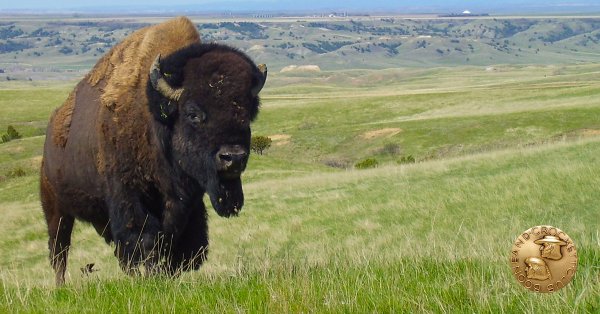
The Boone and Crockett Club unanimously approved a request by the Fort Peck Tribes to accept bison entries hunted on the Fort Peck Indian Reservation in northern Montana into their records program. The decision recognizes the Tribes’ success in building a wild, free-ranging bison herd on their reservation using a sustainable management plan since the first bison were transferred to the reservation from Yellowstone National Park in 1999.
“Bison restoration in collaboration with tribal fish and wildlife management agencies is truly a success story and we are very excited to recognize these incredible bison bulls from the Fort Peck Reservation in our records program,” commented the Boone and Crockett Club’s director of big game records, Kyle Lehr. “The origin of our program was to record what was thought to be the vanishing big game in the country and to mark conservation success based on the principle that the existence of mature, male specimens is an indicator of overall population and habitat health. The Fort Peck Tribes have led the way on establishing a wild, free-ranging herd of bison and it makes sense to include these incredible animals in the Club’s nearly century old Records of North American Big Game.”
The Fort Peck Tribes’ Fish & Game Department has developed a management plan for the bison herd that was moved to the reservation in 1999 using genetically pure bison from the Yellowstone National Park herd. The Tribes’ herd is now maintained through a managed hunting program at approximately 700 animals, which is the carrying capacity on the 30,000 acres of the reservation that provides quality habitat for bison. Each year the Fish & Game Department allows 40 management hunts and seven hunts for mature bulls, these tags are issued using a random draw system except for one bull permit that is auctioned off to benefit wildlife on the reservation. In addition to the wild, free-ranging herd of bison, the Tribes also manage a quarantine enclosure that houses bison captured through Yellowstone National Park’s population management program. This program houses animals entirely separate from the hunting program and serves to move bison to other tribes and entities looking to build a herd of genetically pure bison. Fort Peck has successfully transplanted animals through this program to areas like Oklahoma and Kodiak Island, Alaska. Read more
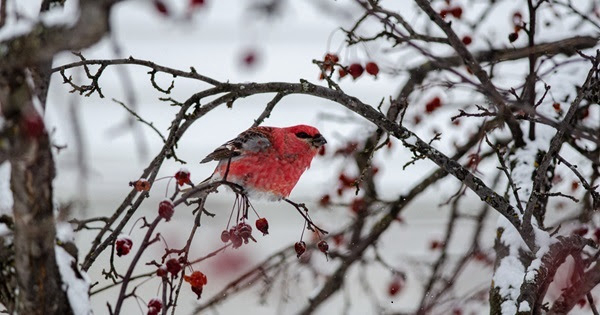
Bird feeders can support Great Lakes birds when natural food sources may be scarce or buried beneath snow and during migration come spring, but it’s essential to follow safety tips to keep them healthy and prevent the spread of highly pathogenic avian influenza and other diseases.
While most backyard birds are at low risk of HPAI, the virus is present in some wild bird populations in the Great Lakes. Positive HPAI cases have been documented in commercial flocks, backyard flocks, dairy cattle, wild birds and wild mammals, according to the U.S. Department of Agriculture. Most cases occur in waterfowl and scavengers like eagles, hawks and owls, but other wild birds, including shorebirds and gulls, can harbor the virus.
Since December, there has been an uptick in HPAI wild bird deaths, primarily in Canada geese, trumpeter swans and scavenging birds. HPAI is shed – or released via viral particles – through feces, saliva and nasal discharges. Though some human cases have been reported, the general population’s risk remains low.
In Michigan, you can still feed your backyard birds, but wildlife experts urge you to keep birds safe with some simple steps. Read more